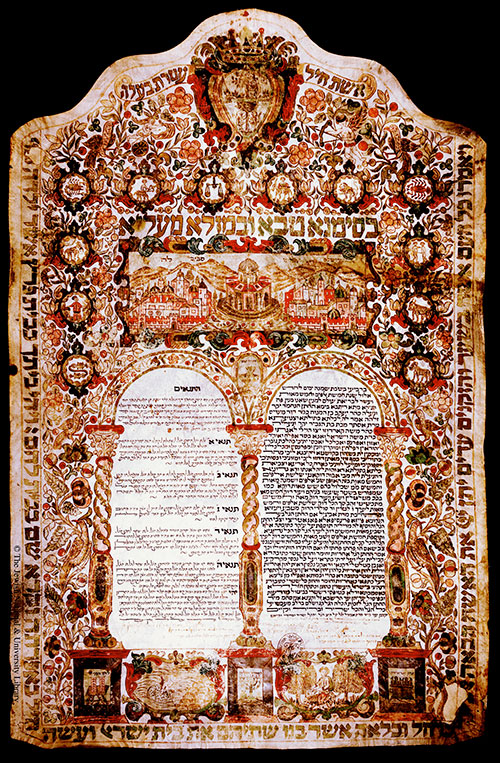JEuMed
The Jews in the European Mediterranean Societies.
A Long-Term Perspective:
Fourteenth to Nineteenth centuries
–
Coordinators
Michaël GASPERONI
&
Javier CASTAÑO

Résumé
The publication in 1979 of Maurice Kriegel’s seminal book on Les juifs à la fin du Moyen Âge dans l’Europe Méditérraneene marked a first attempt at a comparative study of the Jews in the European societies of the late medieval Western Mediterranean, a scholarly field that had been dominated by a localist approach. The four decades elapsed since then have shown the urgent need to undertake the comparative study of the Jews in the Mediterranean societies and extend it well beyond the late Middle Ages across the centuries into the era of Emancipation.
It is true, though, that despite the undeniable contribution provided by local studies (especially in the field of scholarly editions of primary sources), this approach seems inadequate when confronting the transnational presence of Jews across the Mediterranean shores. And thus, it proves lame when we try to answer the methodological challenges posed by the mobility of the Jews, as well as by their transfrontier presence in different geographical areas across national borders.
In a similar vein, Eleazar Gutwirth has critizised the parochial dominant approach within Spanish scholarship concerning the study of late medieval Jews. Different examples of the inability of local methodologies include the case of the transmediterranean Aragonese realms and the mobility of its Jews across the northern Mediterranean shores (including the Provençal area) in the late 14th century; the presence and mobility of Iberian Jews (and Conversos) in Italian and Adriatic cities throughout the 16th century; and also the presence of Italian Jews on both shores of the Adriatic well into the 17th and 18th centuries.
And though never completely absent, the translocal and transnational approach appears relatively poorly developed for Jewish history, and above all limited to analysis of demographic factors and the composition of the single communities, or to piecemeal analyses of the cultural patrimony as defined from contemporary points of view and interest. Furthermore, the history of the Jews is in fact a major component of the European and Mediterranean history, in the sense of the mobility of individuals, ideas and goods, a central subject we attempt to investigate on the level of large scale and long-term development.
The history of the long period of segregation (Spain and Provence in the 15th century, or Italy from then on) is a subject that has received growing attention but we still lack profound and comparative studies on the relation between the norms of segregation and social practice, and especially on the socio-economic structures (families) and on the demographic phenomena. Moreover, the noteworthy evolution, dating from the 1970s, of the historiographical concept of the State within the medieval and early modern period has not always been integrated into the field of Jewish studies, which often clung to a model, however contested, of the ‘Modern State’.
The history of ideas has likewise undergone notable changes, often, however, taking an approach that stresses the ‘internal’ life of the Jewish community and the role of Jews against a more general background of the Renaissance. Taking a different approach, we intend to integrate Jewish intellectual history into a more general history of the Jewish minority within different local contexts of the western Mediterranean, from Spain to the Western Balkans.

